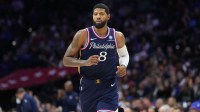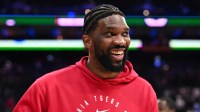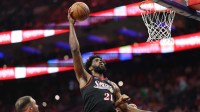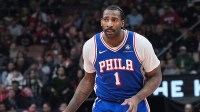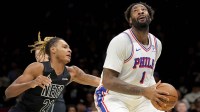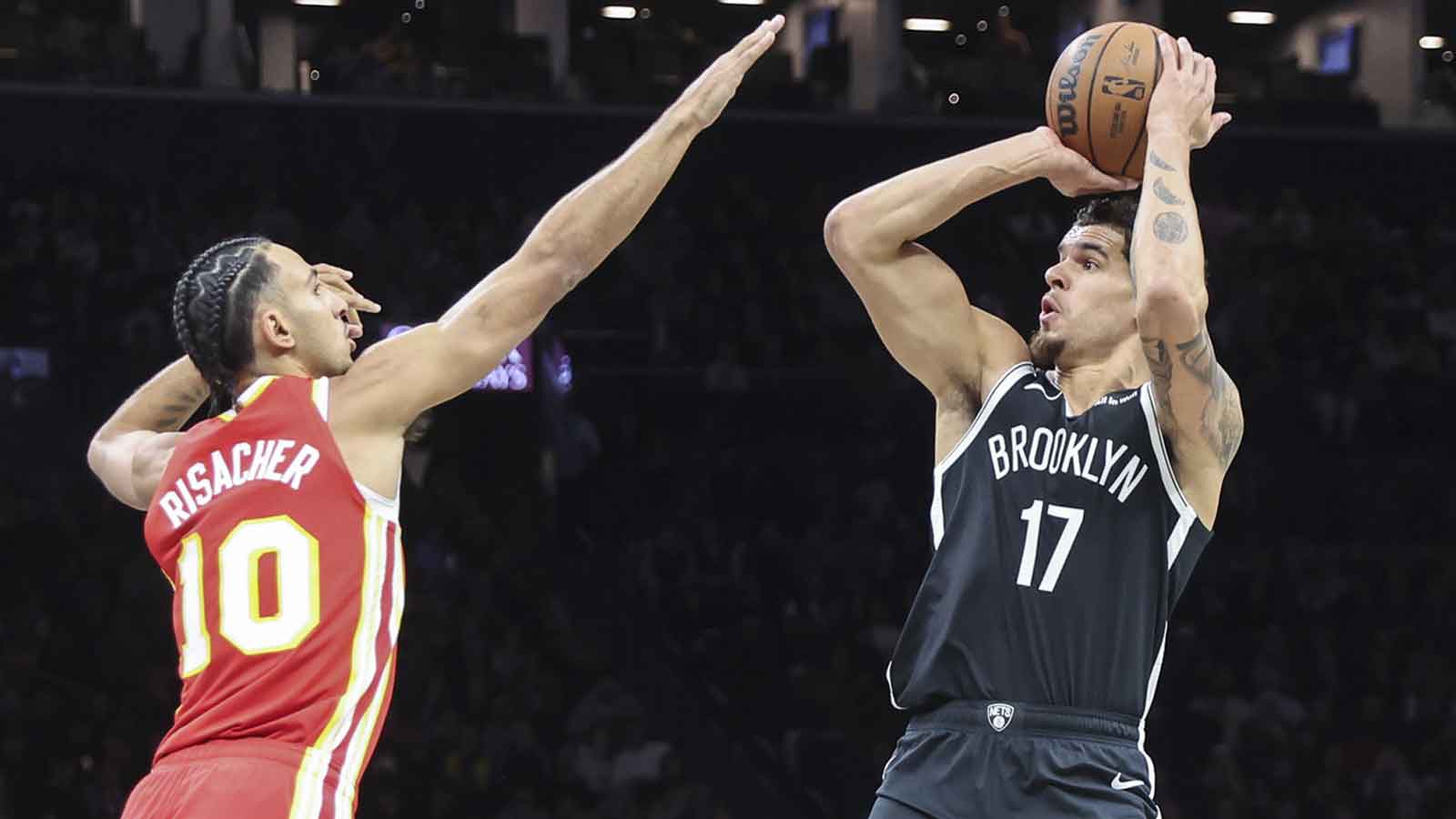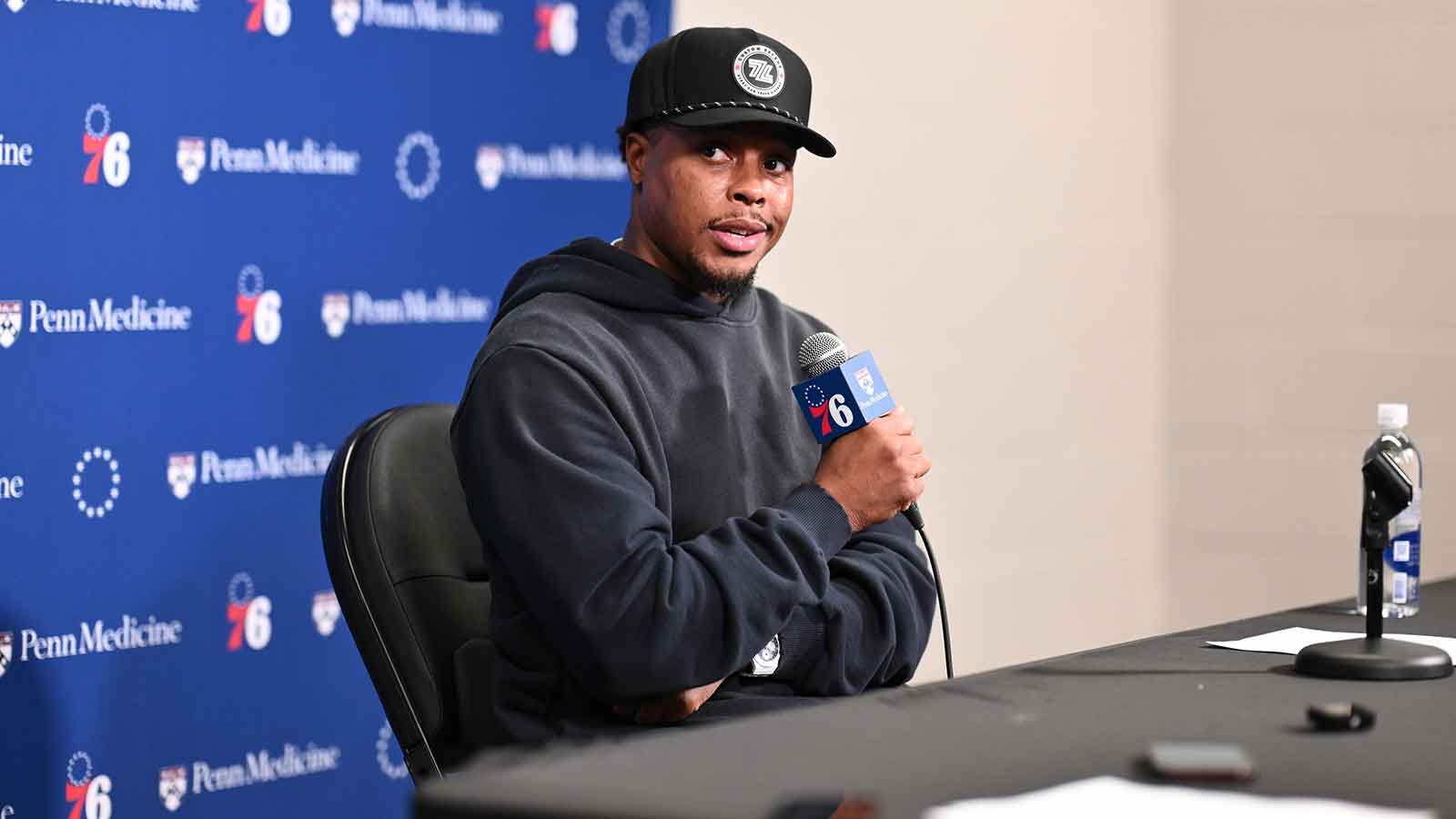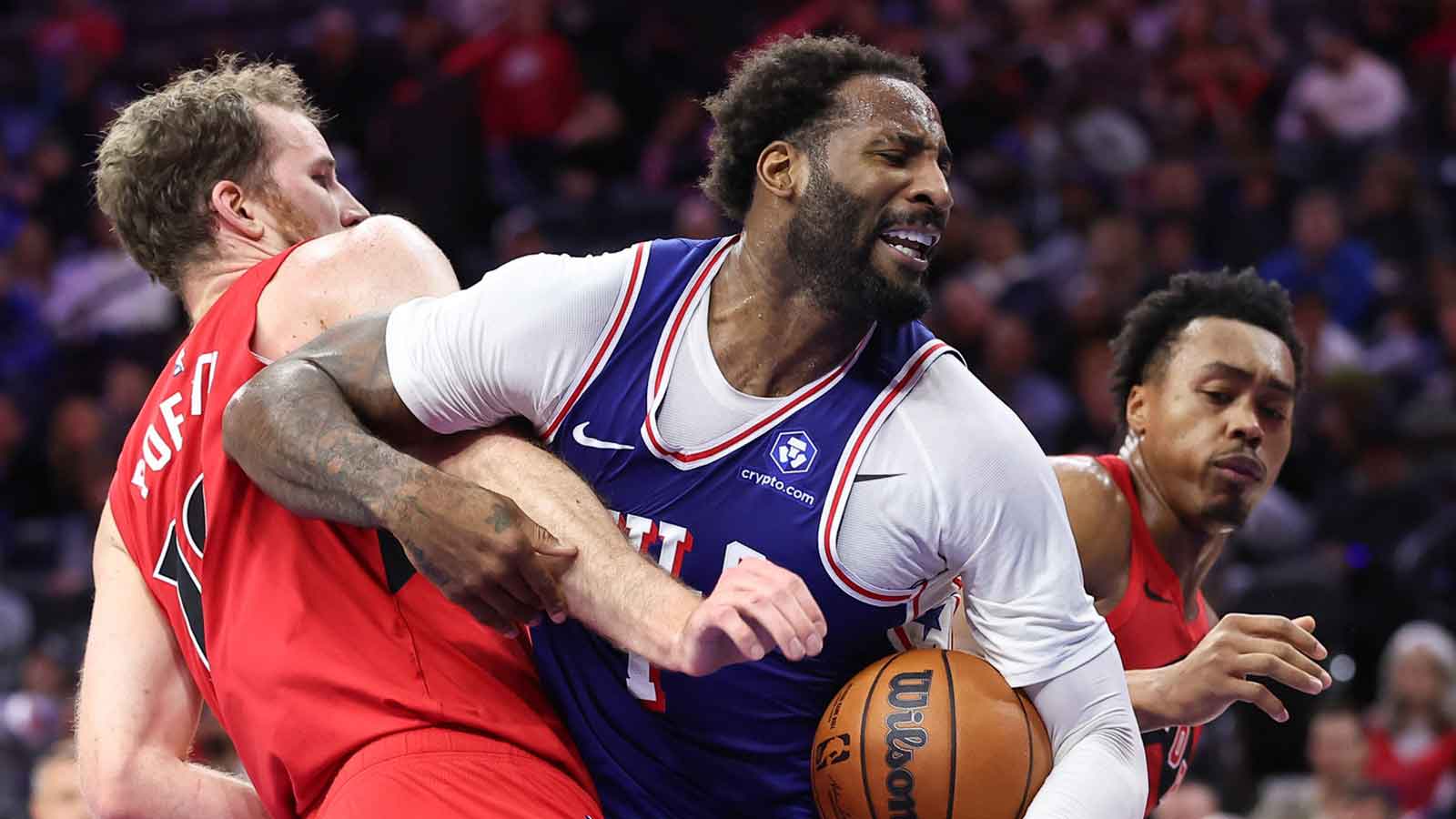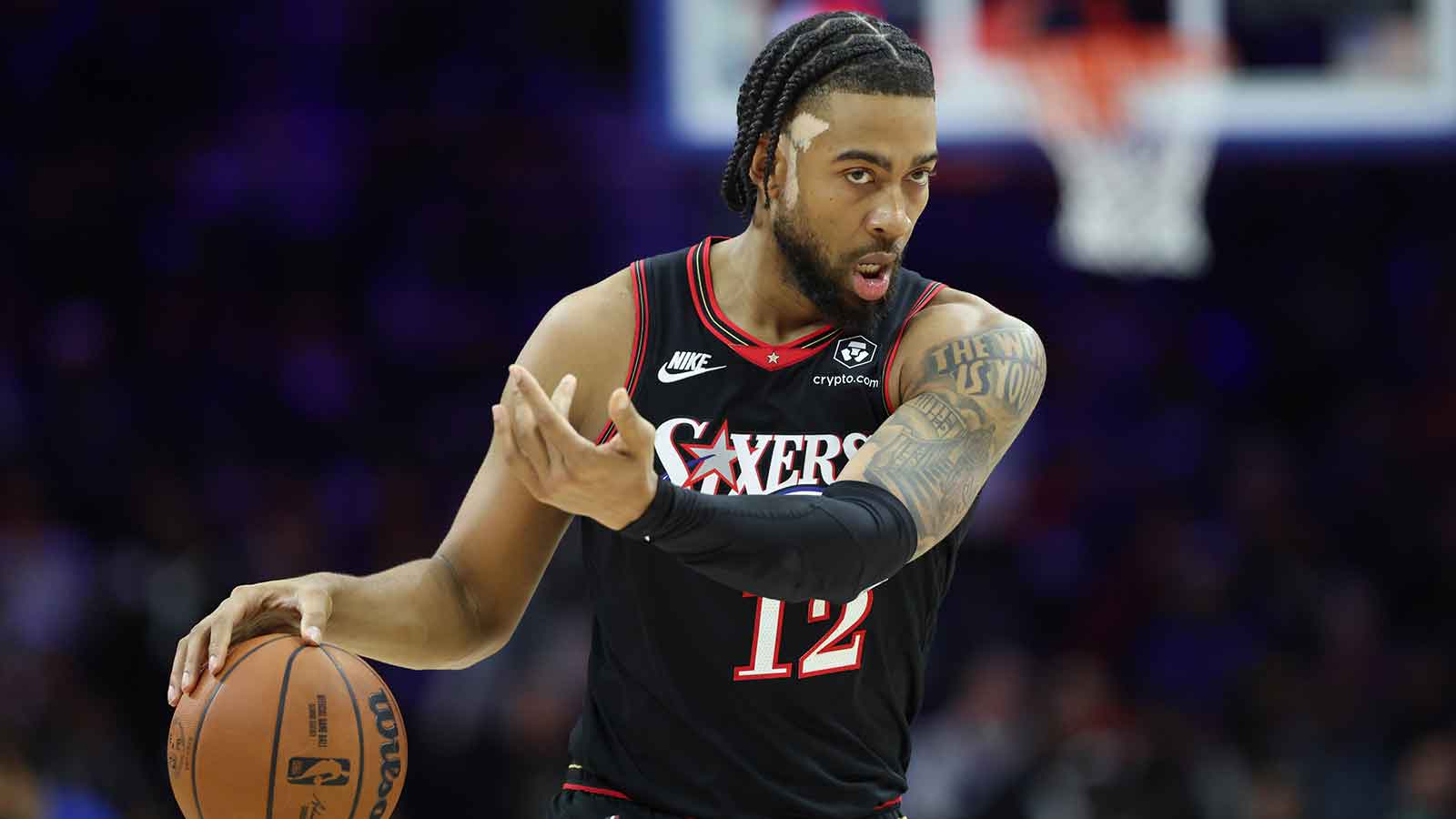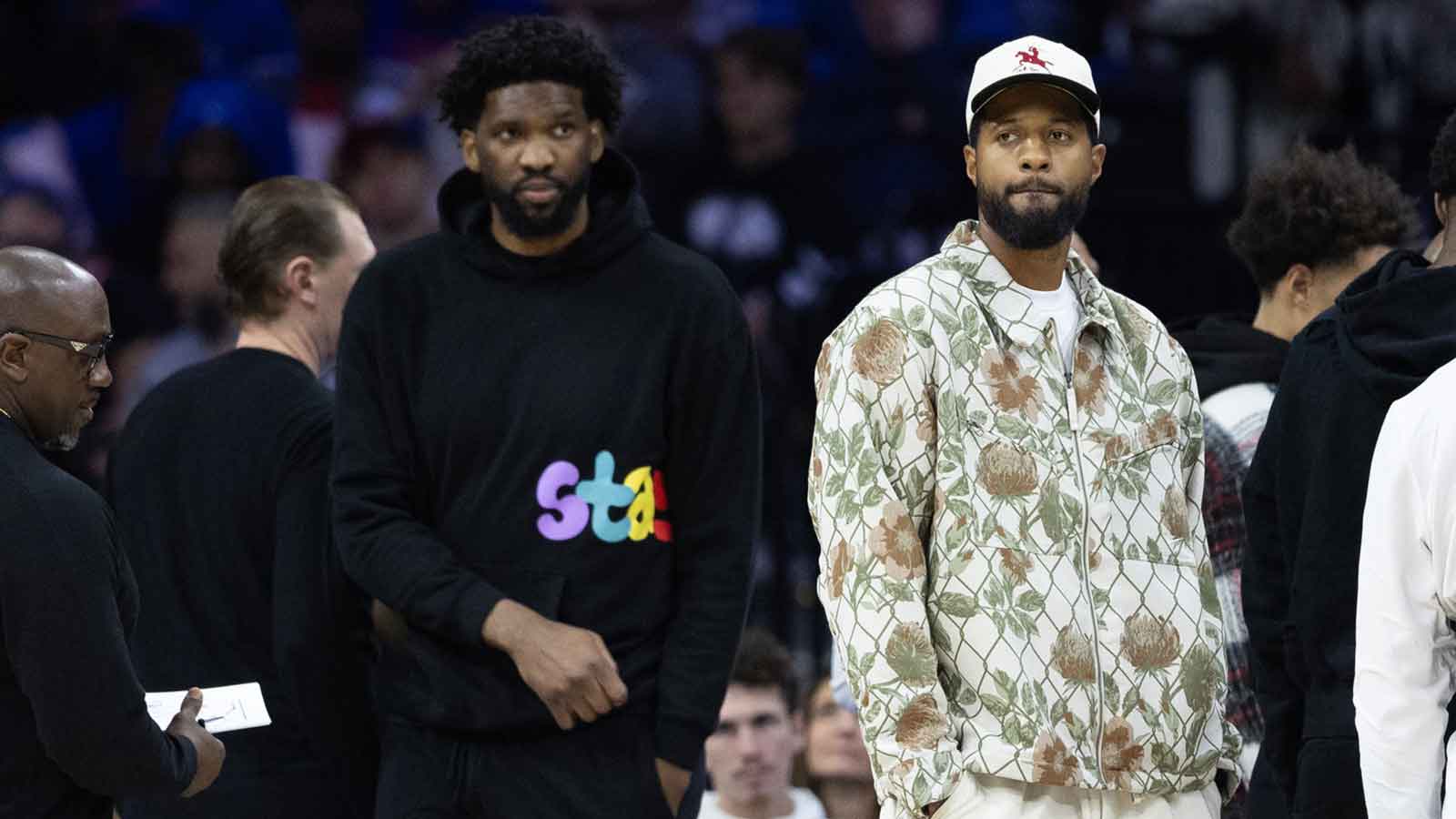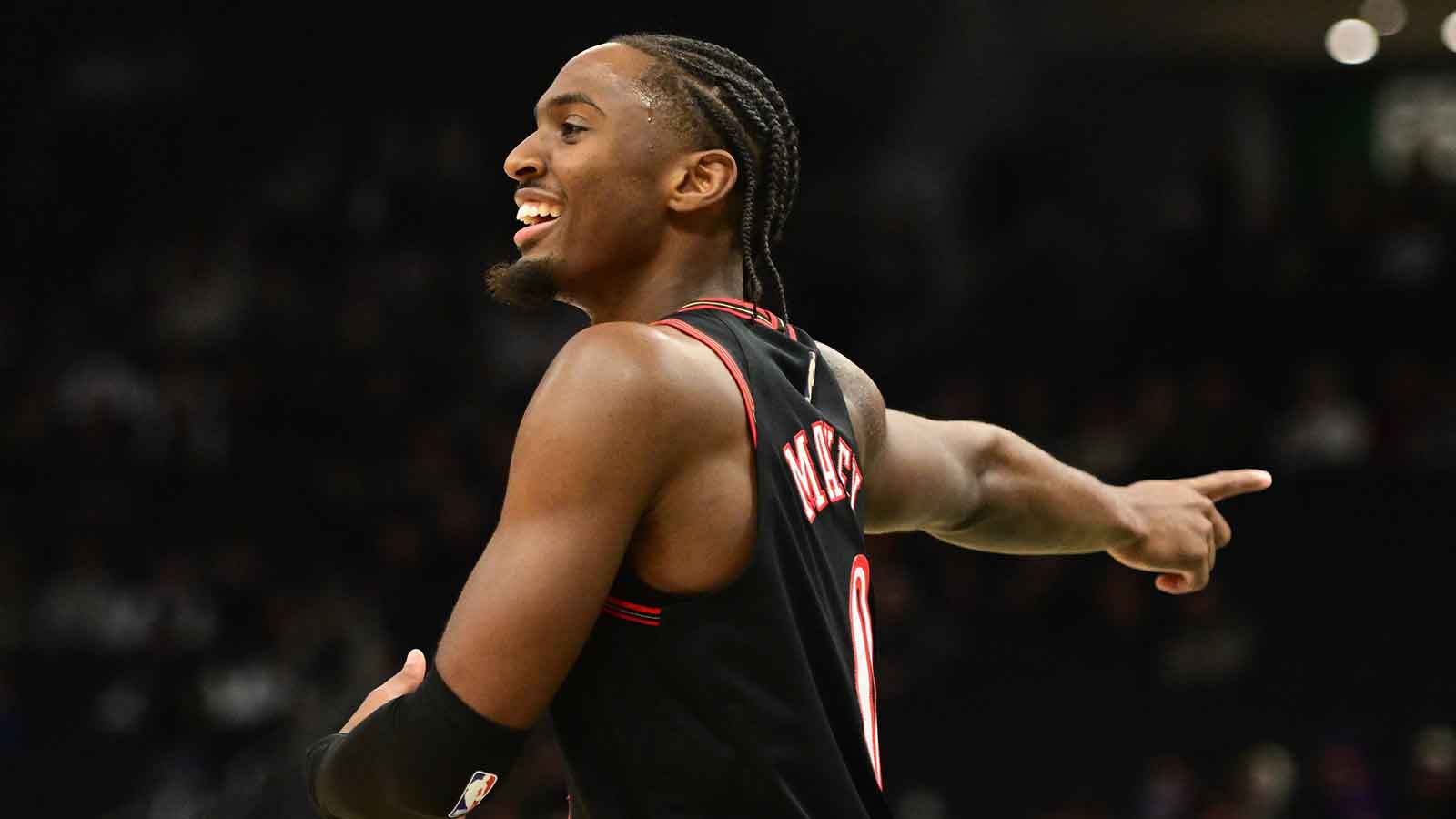The most electrifying deadline in NBA history has come and gone. Although the Philadelphia 76ers' fireworks paled in comparison to the explosive deals involving stars like Luka Doncic, Jimmy Butler and De'Aaron Fox, they made a few moves to address some needs.
The 76ers remain on the outskirts of the playoff picture but want to be competitive and don’t have full control of their first-round pick in the upcoming draft. With the three trades that came to fruition, they got some immediate roster flexibility, made the roster younger and potentially made the roster better. But the Sixers also sabotaged themselves with trades they both did and did not make, limiting their ability to improve the roster further.
While two of the Sixers' trades were met with applause from the fanbase, one was met with heavy criticism. Collectively, they set themselves up for more moves down the line while signaling that this season was not the one to go all in for.
76ers add talent with Quentin Grimes
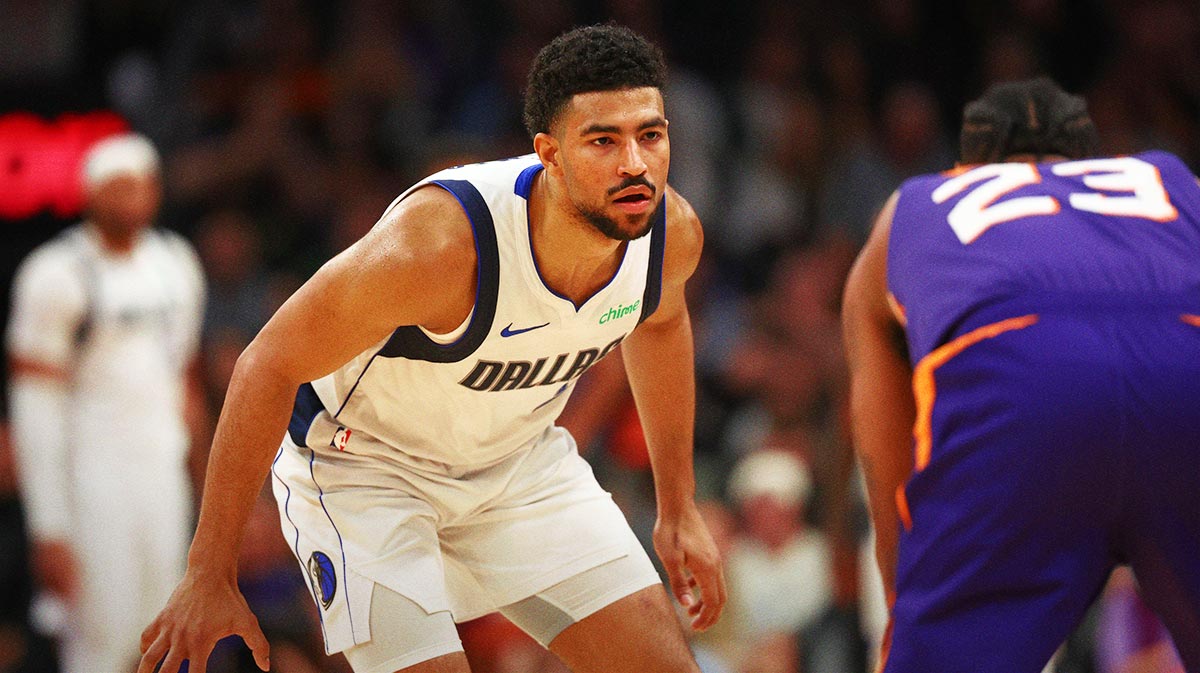
To start their run of moves, the Sixers sent Caleb Martin to the Dallas Mavericks in exchange for Quentin Grimes and their own 2025 second-round pick, which they traded away at a previous deadline. In one fell swoop, Philly got younger and added a very nice draft selection, though they also surrendered a pick further in the future in a revised framework of the deal.
Grimes brings two skills the 76ers badly need: perimeter defense and three-point shooting. Following a rough 2023-24 season, he bounced back with the Mavs and proved to be a starting-caliber wing, someone who can defend the best opposing players and space the floor for his own star teammates.
In the 2022-23 NBA season, here’s some stats from when Quentin Grimes was the primary defender:
SGA = 22% FG + 2 TO
Tatum = 38% FG + 2 TO
Trae = 35% FG + 3 TO
Book = 33% FG
Bulter = 44% FG + 3 TO
Hali = 46% FG + 4 TO
Fox = 40% FG(Via @jack_kelly_313) pic.twitter.com/1sal1Q4LFf
— MFFL NATION (@NationMffl) June 28, 2024
Martin's defense and experience in deep playoff runs would have made him valuable to the Sixers over the length of his contract. Injuries put a damper on his final weeks as a Sixer and his skill set proved to be an imperfect fit. Even if he proves to be a better player than Grimes in the coming years, the latter player being an archetype that fits the team better will make up for it, as will the fact that he's over four years younger.
Although the 76ers will have to negotiate a new deal with Grimes this offseason, he will be a restricted free agent, minimizing the concern that Philly will lose him for nothing. Even though they had to add a future second-round pick to get the deal done, this trade was really good for the Sixers.
Losing optionality in the KJ Martin trade
Just like last season’s trade deadline, the Sixers traded for picks and traded away picks.
This year, the Sixers surrendered two second-rounders to ditch KJ Martin. His contract, which is worth roughly $8 million this season and is non-guaranteed for next season, was supposed to be used to upgrade the roster. Instead, Philly gave up two juicy second-rounders — the 2027 Milwaukee Bucks' pick and the 2031 Dallas Mavericks' pick — to open another roster spot and duck below the luxury-tax threshold.
This 76ers team is not your average losing squad. They want to be a winner and only get their first-rounder if it lands in the top six spots, which is unlikely. They gave up the chance to add more talent by dumping Martin's deal to the Detroit Pistons. Combining Martin and Andre Drummond's contracts could have been used to add a role player like Josh Green or Coby White. Martin's deal alone would have covered the cost of bringing in Simone Fontecchio, Kenrich Williams or John Konchar — solid role players with an affordable contract on the books for next season.
Martin's deal was the result of a perfect storm, a small cap hold on a young player that the Sixers could go over the cap to sign to a sizable, short-term contract. They wasted it to ease their luxury tax bill, a goal they already reached in each of the past two seasons.
Since the 76ers really wanted to use picks to shed salary, they would have been better off finding new homes for Drummond, Kelly Oubre Jr. and/or Eric Gordon. Drummond and Gordon's combined salaries slightly exceed that of Martin's while Oubre's is almost identical. All three of them have player options for next season that could impact the team's access to the non-taxpayer mid-level exception. Without that, it will be considerably harder to re-sign Guerschon Yabusele, who the Sixers chose not to trade despite his expiring contract.
The Sixers could have gotten rid of Martin at no cost this offseason because his contract is non-guaranteed. Philly held the cards with Martin but is at the mercy of Oubre, Drummond and Gordon over their contracts for next season. The team gave up some control over its books and two draft picks on top of losing a good, young player.
For three straight seasons, the 76ers have chosen to make mid-season moves with the luxury tax in mind, opting to use resources on saving money instead of going harder to improve the team. Wasting draft picks in this way only makes it harder to build a team worth going all in for. Moves like this don’t single-handedly tank a team's future. However, their downsides add up over time.
Philadelphia's net gain in draft picks, roster spots
The 76ers netted more second-round picks from the Washington Wizards in exchange for a first-round pick that will probably be the 28th pick at best. On top of recouping second-round picks lost in other deals, they also traded Reggie Jackson and brought in Jared Butler. The picks they got from Washington, scattered between the 2027 and 2030 drafts, could very likely end up in the top 10 of the second round.
The Sixers added five second-round picks at the cost of three second-rounders and a first-rounder. They recouped their own second-rounder in the upcoming draft, still have their own first-rounder in 2026 and got second-rounders that convey sooner than some of the ones they sent out. Solid work.
Butler is an intriguing player but is still on a two-way contract, so it's unclear how much he'll play for the Sixers. Still, they waived Pete Nance to open a spot for him and he looks like he belongs on an NBA roster. The 24-year-old guard is a sound playmaker and capable shooter.
With two of their trades not bringing back a player to add to the main roster, the 76ers opened two roster spots to go along with the one they've kept open all season. They already went to work filling one by signing Chuma Okeke to a 10-day contract and surely won’t stop there. The Sixers may choose to use one of their roster spots to convert Justin Edwards, an undrafted rookie who has emerged as a real contributor, to a standard deal.
Since they ducked the first apron, they can sign players on the buyout market whose previous contract was worth more than the non-taxpayer mid-level exception ($12.8 million). In other words, they'll be in the running for the best of the best in the buyout market. How much that’s worth remains to be seen, though. Even the best buyout-market signing imaginable won’t drastically change the ceiling of this Sixers team.
Although the 76ers' trades were not seismic, landscape-altering moves, they helped the team's roster and reshuffled draft capital. The true success of this deadline will be seen in how they apply those luxury tax savings and extra second-rounders, as well as how they handle their free agents this offseason. If Yabusele and Grimes ink multi-year deals, the work from this deadline will be justified. If not, well…
76ers 2025 trade deadline grade: C


